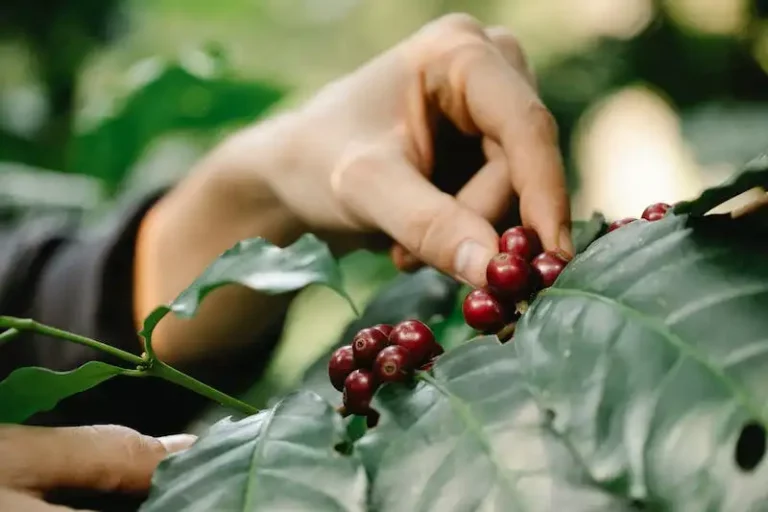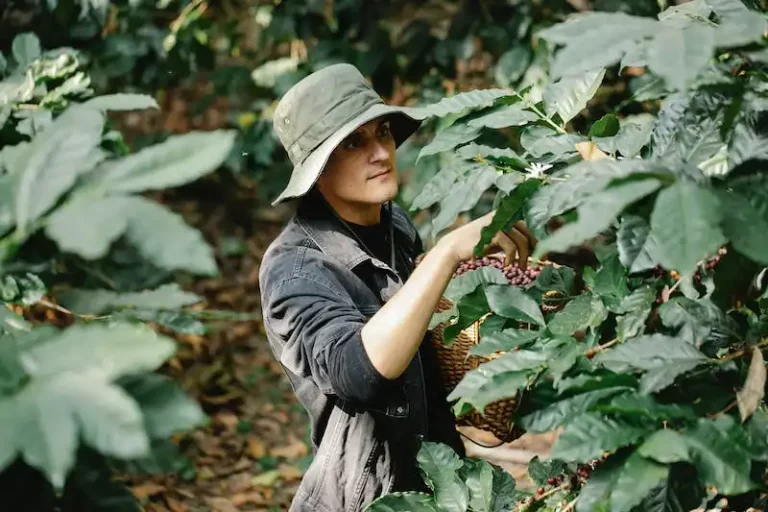If you’re a gardener who doesn’t have a lot of space, or maybe you’ve got damaged soil in your garden, growing alstroemeria in pots can be a great solution. Alstroemerias, also known as Peruvian lilies, are beautiful and showy plants that can add a pop of color to any garden or patio. These small, fleshy plants have rich and vibrant petals in a variety of colors, from purple and yellow to pink and white. They are also quite hardy and can survive in a range of climates and conditions. So if you’re looking to add some color to your garden without the hassle of planting in the ground, alstroemerias might be the perfect choice for you.
Alstroemerias are native to South America and have been cultivated for hundreds of years. The most common species, Alstroemeria aurea, consists of small plants that can reach up to 3 feet in height. They are easy to care for and can be grown in containers, making them a popular choice for gardeners in all states and zones. Alstroemerias are quite adaptable and can grow in a variety of soil types, although they prefer fertile, well-draining soil. They also like to be sheltered from strong winds and excess watering, as they are susceptible to fungal diseases.
When planting alstroemerias in pots, it is important to choose a container that is large enough to accommodate the spreading roots of the plant. A two-year-old plant will likely need a container that is at least 12 inches in diameter. Make sure the container has drainage holes at the bottom to prevent water from pooling and causing root rot. Fill the container with a well-draining compost mix, making sure to leave some space at the top for watering.
To plant alstroemerias in pots, simply remove the plants from their nursery pots and gently loosen the roots. Place the plants in the prepared container, making sure to cover the roots with soil and firming it gently. Water the plants thoroughly after planting, and then wait for the first signs of growth to appear.
Alstroemerias are relatively low-maintenance plants, but they do require some care to ensure they stay healthy and vibrant. They like to be kept moist, so make sure to water them regularly, especially during hot and dry periods. However, be careful not to overwater them, as this can cause their roots to rot. Alstroemerias also benefit from a layer of mulch around the base of the plants, which will help to conserve moisture and suppress weeds.
In terms of feeding, alstroemerias will benefit from a regular application of a balanced fertilizer, such as a 10-10-10 formula. Apply the fertilizer according to the manufacturer’s instructions, usually in early spring and then again in mid-summer. This will help to promote healthy growth and flowering.
Alstroemerias are perennial plants and will continue to flower for many years if well cared for. However, they do need to be divided every few years to prevent clumping and ensure healthy growth. Division is best done in spring or fall, when the plants are dormant. Simply lift the plants from their containers and gently separate the root mass into smaller sections. Replant the divisions in fresh compost and water them well.
Alstroemerias are generally resistant to most pests and diseases, but they can be attractive to cats. If you’re a cat owner, you might want to consider planting your alstroemerias in an area of the garden where your cats can’t reach them, or using protective barriers to keep the cats away.
If you have any questions about growing alstroemerias in pots, then don’t hesitate to reach out to your local garden center or nursery. They will be able to provide you with further guidance and advice tailored to your specific needs.
Alstroemeria Care – Growing The Peruvian Lily
Growing the Peruvian Lily, or alstroemeria, in pots can be a rewarding experience as these beautiful flowers have long-lasting blooms and come in a variety of vibrant colors. Alstroemerias are native to South America and have been cultivated for centuries for their showy flowers.
If you have been taking good care of your alstroemerias, they will reward you with an abundance of blooms. Alstroemerias are tolerant of a wide range of conditions, but they prefer a rich, well-draining soil. When planting them in pots, make sure to choose a good quality potting mix that has been enriched with compost. This will provide the necessary nutrients and promote healthy growth.
Alstroemerias can be susceptible to pests such as whiteflies. If you notice any signs of infestation, you can remove the affected leaves and use an organic pesticide to control the infestation. It’s important to keep your alstroemerias well-watered, especially during hot weather, as they prefer moist soil. However, make sure not to overwater them as this can lead to root rot. Water them when the top inch of soil feels dry.
Alstroemerias thrive in full sunlight, but they can also tolerate some shade. If you notice that the leaves are turning yellow or the plant is not blooming as profusely as it should, it may be getting too much direct sunlight. Move the pot to a more shaded area to protect the plant from excessive heat.
Feeding your alstroemerias is essential for promoting healthy growth and abundant blooms. Apply a balanced fertilizer every two weeks during the growing season. Follow the instructions on the fertilizer packaging for the correct dosage.
Alstroemerias are known for their long-lasting cut flowers. If you want to enjoy their blooms indoors, cut the stems at an angle and place them in a vase filled with clean water. Change the water every few days to prevent bacterial growth. Remove any damaged or wilted flowers to keep the arrangement looking fresh.
When choosing alstroemeria plants for your pots, there are several species to consider. Some popular ones include Alstroemeria aurea, Alstroemeria psittacina, and Alstroemeria ligtu hybrid. Each species has its own unique characteristics and colors, so choose the one that appeals to you.
In conclusion, growing alstroemerias in pots can be a rewarding experience. With proper care and attention, these beautiful flowers will enhance any garden or patio. Follow the care guides provided by the staff at your local garden center for more specific information on growing alstroemerias in your area.
Quick Care Guide
If you want to grow alstroemeria in pots, here is a quick care guide to help you out. Alstroemeria, also known as Peruvian lilies, are beautiful flowering plants that you can grow in containers. They are popular among gardeners for their vibrant flowers and long-lasting blooms.
Alstroemeria belongs to the lily family and consists of about 50 species. The most common species include Alstroemeria aurea and Alstroemeria psittacina. These species grow best in rich, fertile soil and prefer a well-draining potting mix. Make sure to select a large enough container to accommodate the plant’s root system.
When it comes to watering, alstroemeria plants like to be kept in moist soil. However, be careful not to overwater them, as waterlogging can cause root rot. During the summer months, when the plant is actively growing, regular watering is necessary. But during the winter, when the plant is dormant, reduce watering to prevent excess moisture.
Alstroemeria plants enjoy full sun or partial shade. They can tolerate some heat but may need some shade during peak summer months. If you live in a region with harsh winters, it is best to move your alstroemeria pots indoors or provide protection from freezing temperatures.
Alstroemeria can be propagated through division or by seed. Dividing the plant every few years is recommended to maintain its health and vigor. As for feeding, it is advisable to provide fertilization during the growing season. Use a balanced fertilizer for best results.
Some common problems that you may encounter while growing alstroemeria include fungal diseases and viruses. Botrytis blight, mosaic virus, and downy mildew are some of the diseases that can affect these plants. To prevent these issues, ensure good air circulation, avoid water on the leaves, and remove any infected plant parts.
One companion plant that pairs well with alstroemeria is sedum. The low-growing sedum can provide a nice contrast and add visual interest to your container garden. Mulch can also be added to help retain moisture and suppress weeds.
All in all, alstroemeria is a beautiful plant that can be easily grown in pots. With proper care and attention, you can enjoy its vibrant flowers for many years. This quick care guide should give you a good starting point for growing alstroemeria in containers.
All About Peruvian Lilies
Peruvian Lilies, also known as Alstroemeria, are perfect for growing in pots. They are quick to propagate and well-loved members of the flower garden. Alstroemeria grows best in fertile, well-draining soil and prefers full sunlight. It is a two-year-old plant that can reach a height of up to 4 feet.
When planting Peruvian Lilies in pots, it is important to follow proper irrigation practices. They should be watered regularly, but not overly-saturated. Alstroemeria is also susceptible to yellowing leaves if over-watered, so careful attention should be paid to watering levels.
Alstroemeria can be easily divided and propagated through division. This process involves separating the root system and placing them in pots or directly in the ground. The plants are also quite hardy and can withstand heat and humidity.
Pruning is important for the health and appearance of Peruvian Lilies. It is recommended to prune them back in the fall, cutting the stems to ground level. This will help promote new growth and a bushier plant.
Peruvian Lilies are known for their long-lasting, colorful flowers. They come in a variety of shades, from white and yellow to pink and purple. They make a perfect feature in any garden or landscaping project.
While Peruvian Lilies are relatively pest and disease-free, they can be susceptible to deer damage. To protect them, it is recommended to use organic fertilizers and mulch. This will help keep pests away and provide a fertile environment for the plants to grow.
In conclusion, Peruvian Lilies are a beautiful addition to any garden or potting project. They are easy to grow, long-lasting, and come in a variety of vibrant colors. With proper care and attention, they will thrive and bring joy to any space.




